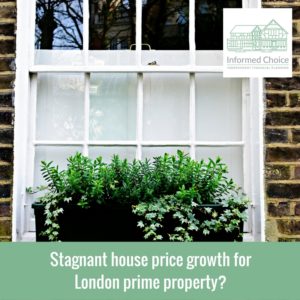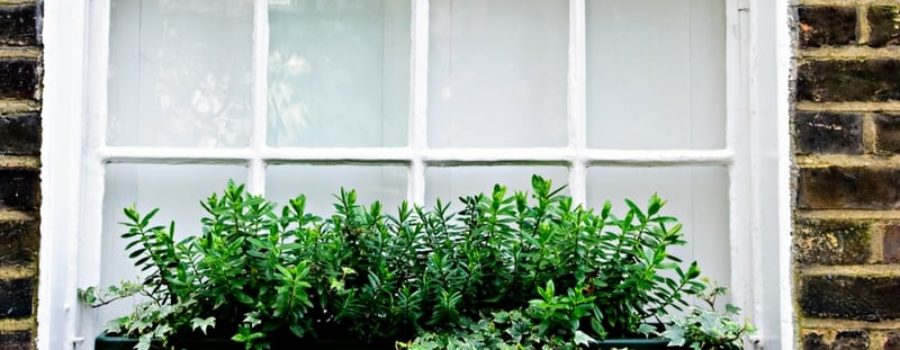 Property owners in London could face a difficult few years ahead.
Property owners in London could face a difficult few years ahead.
New research by estate agents Savills is predicting stagnant house price growth for London prime property during the next three years.
The forecast follows research by Knight Frank, another estate agent, which reported a 1.8% fall in prime central London house prices in the year to August.
These bleak forecasts for prime London property values could be the consequence of several years of unsustainable house price growth in the capital.
Some have suggested recent price falls were prompted by changes to stamp duty in December 2014 and the EU referendum result in June this year.
Over the past few years we have seen transaction volumes in the London housing market in decline.
In the five years to March 2016, volumes of property transactions fell by an average of 5% in the five prime London boroughs, representing the biggest decline in volumes since Land Registry records began 21 years earlier.
According to Tom Bill, head of London residential research at Knight Frank:
“Current rates of stamp duty have distorted market behaviour across London to an extent not seen in the last 20 years.
“Vendors are increasingly reflecting higher levels of stamp duty in asking prices but it is not universal as such changes take time to be absorbed by the market.”
The latest predictions from Savills suggest London prime property could face a 9% decline over the next three years, followed by a return to growth from 2019 onwards.
Lucian Cook, head of residential research at Savills, said this forecast is,
“likely to be triggered by the return of opportunistic investors recognizing there is value to be had in the market.
“We expect to see a gradual recovery in transaction levels as vendors become more accepting of where values now lie.
“We are already seeing many adjust their asking prices by 5-10 percent in order to achieve a sale.”
Here at Informed Choice, we often work with clients who have sold their expensive properties in central London and then moved to Surrey.
This decision to relocate is often driven by lifestyle factors and the desire to get more for their money; the average four bedroom house in Cranleigh costs £787,200 compared to £5,412,800 in Chelsea (SW3).
In fact, even a two bedroom property in SW3 is valued at an average of £1,868,800, making a move to the more tranquil Surrey/Sussex border a financially appealing proposition.
What do you think will happen to London prime property over the next few years?

